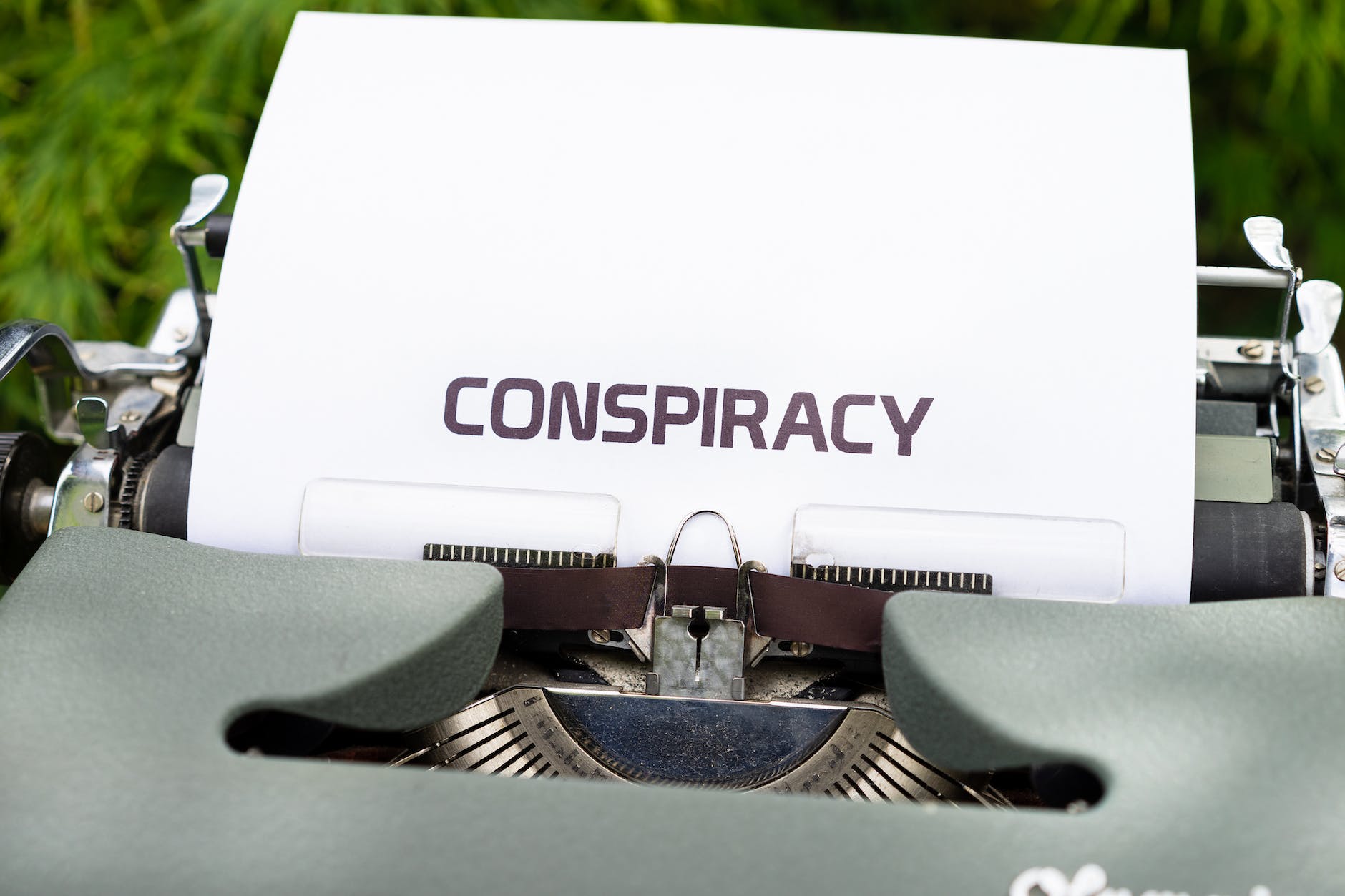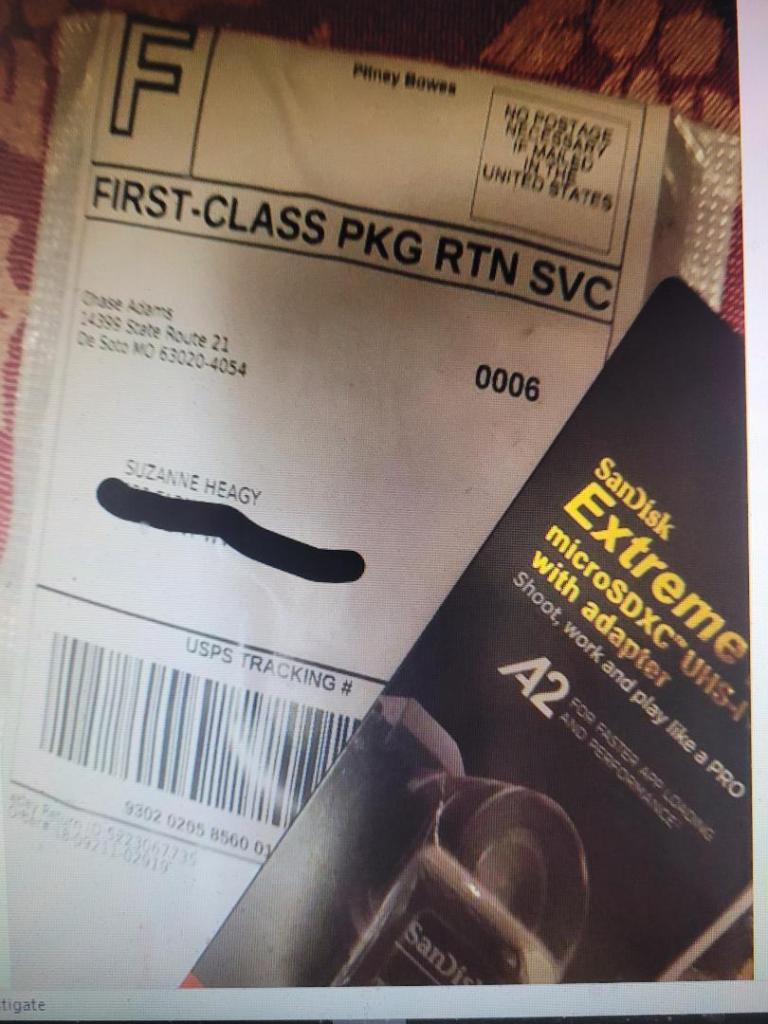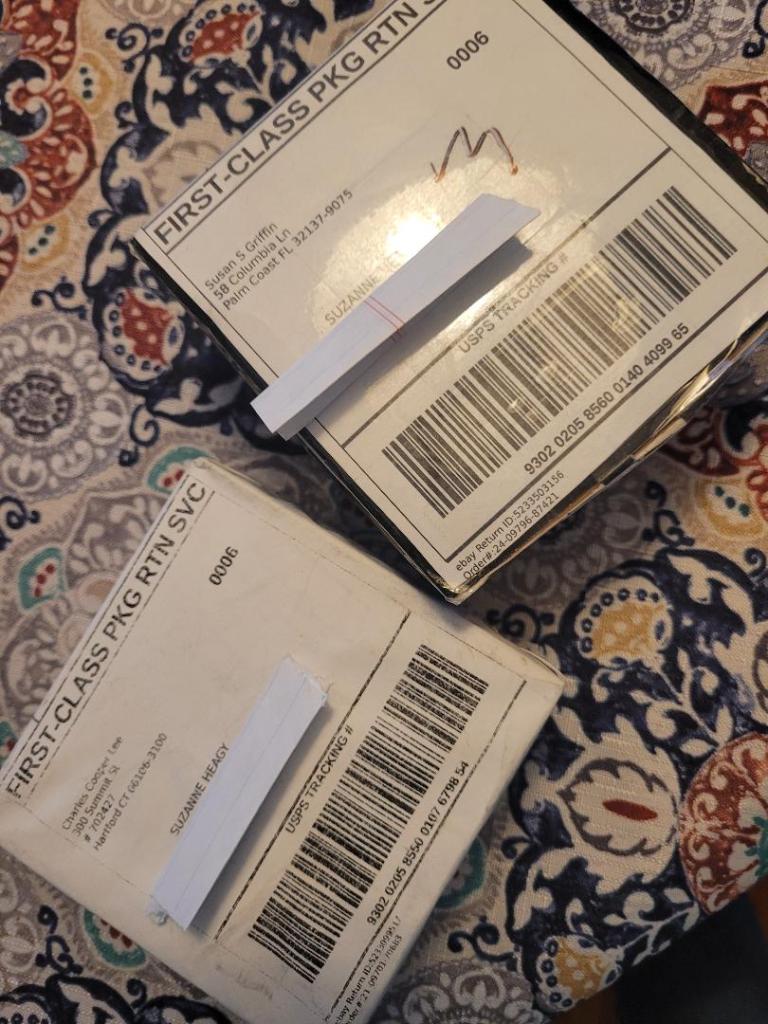When you live in an Age of Scams, it’s hard to know who or what to trust. Opening an email, or answering a phone call, or accepting a social media invite could be the worst mistake of your life. According to Fraud.org, in 2021, 89.31% of scams were executed by phone, internet, or email. Even for those of us who are alert and wary, scammers sometimes trick us.
By comparison, the United States Postal Service (USPS) looks like a venerable saint, involved in a mere 4.50% of scams in 2021. Maybe that’s because mail fraud is a Federal Offense, a crime punishable by fines and up to twenty years in prison. Mail fraud is as old as the USPS; the phrase “Ponzi scheme” derives from postal scams committed by Charles Ponzi a hundred years ago.
Or maybe people, even scammers, aren’t using snail mail anymore, and the numbers just aren’t there. The volume of mail handled by the USPS decreased by forty percent between 2006 and 2022, from 213 billion units mailed to 127.3 billion units. The cost of mailing a letter or birthday card, on the other hand, has increased dramatically in my lifetime, from .08 cents to .55 cents, or 625%!! No wonder people have turned to other technologies to say, “Happy Birthday!” An email, social media post, GIF, or meme is a cheap and instant way to send heartfelt wishes on that special day to family, friends, acquaintances, celebrities, and even strangers.
As for me, I’ve always had faith in the USPS and looked forward to receiving mail. I learned the postman’s motto when I was in grade school: “Neither rain, nor snow, nor sleet, nor hail shall keep the postmen from their appointed rounds.” Even on the rare occasion a piece of mail I sent or expected went missing over the years, the USPS seemed remarkably reliable. In the first quarter of 2023, 91.8% of First Class mail was delivered on time. The best mail delivery I ever experienced was while living in Milwaukee, where The New Yorker arrived every Thursday without fail. Which is why my current unsolicited mail experience with the USPS seems surreal, like I’m trapped in a hair-brained scam in Pynchon’s The Crying of Lot 49, an involuntary co-conspirator like Oedipa Maas.
The unsolicited mail I’ve been receiving is faulty technology: SanDisk cards or Apple AirPods. Some scammer out there is exploiting my home address as a “return address.” The first piece of unsolicited mail, an SD card, arrived in a manila envelope in August, 2022. I had no idea what the thing was. Turns out, an SD card is a thumb-nail sized memory storage card used in digital cameras, video game consoles, set-top boxes, and home theater devices. My friends, many who work in IT, warned me not to insert the SD card into my computer as it might contains viruses or illegal content. [Insert joke about classified documents.] I searched online to see if returned SD cards were linked to any known scams. The only thing I found was a Reddit thread, which I can no longer locate, that said some guy’s dad received an unsolicited SD card, scanned it, and it contained flat earth propaganda.
I put the SD card back in its manila envelope, stored it on top of the refrigerator to deal with later, and then forgot about it. Until I returned home after Thanksgiving and discovered another piece of unsolicited mail, an envelope with an SD card in it, and then I received a third. All three envelopes came from different states—Missouri, Oklahoma, and Hawaii, respectively. The preprinted labels revealed few clues, having no date/location stamps to indicate when or from where the envelopes were actually mailed.
I took pictures of the envelopes and SD cards to crowd source the mystery on Facebook. Everyone advised me not to insert them into any devices. Other advice included: Take the unsolicited mail to the police station. Take the SD cards to a retail store that recycles, like Staples. Take the SD cards to the post office to report a scam. One person suggested my mailbox is a drop for Russian spies. Another suggested I look up the senders from the return addresses and contact them, which seemed like a lot of work. I put all three packages back on top of the refrigerator while I pondered what to do.
I’ll admit, I procrastinated, but the unsolicited mail did not stop coming. In January, I received some obviously used Apple AirPods with a “return mail” label just like the ones on the previous envelopes. I received another pair of AirPods in February, as well as another SD card. The top of the refrigerator was getting crowded, and I decided I had to do something, so I gathered all the envelopes up and went to my local Post Office, where a different nightmare began.
The postal clerk I spoke with seemed amused and skeptical. He asked if I had agreed to participate in a scam, specifically a “reshipping scam,” a scenario where I made a friend online and agreed to “reship” something they need to send abroad but cannot do themselves because of some kind of obstacle. I told him I had not agreed to participate in a reshipping scam. The postal clerk filled out a report about my experience and said he would forward it and the actual unsolicited mail to a Postal Inspector. He said I would receive a phone call.
Within a week, I got a call from Postal Inspector Ryan. He insisted I was part of a reshipping scam and told me it was a federal offense. He suggested if the SD cards stored illegal content, I could be implicated me in a crime. I assured him I had not agreed to reship anything nor reshipped anything. If fact, I hadn’t even opened the last couple of manila envelopes. He said, “Good. Don’t open anything.” He said if I received another piece of unsolicited mail, I should mark it “return to sender” and put it back in the mailbox. From there, the USPS would handle things.
A manila envelope that appeared to contain another SD card arrived in the mail the following Saturday. I didn’t open it. I marked it “return to sender” and put it in the mailbox Monday morning. That afternoon, the doorbell rang. It was our local mail carrier. She said she couldn’t take the envelope because it had been opened. I assured her that it hadn’t. She pointed out that the envelope was sealed with tape, like someone had opened and reclosed it. I told her that was how the envelope arrived. I explained that I had strictly followed Postal Inspector Ryan’s directions. The mail carrier said, “The envelope didn’t look like this when I delivered it two days ago.”
At this point, my partner, Greg, and I became a little paranoid. How could the mail carrier be so certain? Had someone been tampering with our mailbox? Should we get a security camera and train it on the mailbox? The situation seemed crazy. I insisted that the envelope needed to be “returned to sender,” and the mail carrier reluctantly took it away.
Greg was upset that we were accused of opening unsolicited mail or willingly aiding and abetting in a reshipping scam. He wondered if the local mail carrier was involved. And there was still the possibility of tampering. Sometimes, Greg thought he heard the creaky old mailbox on our porch opening and closing, so we did a test. I sat in the living room, and Greg went out and opened and closed the mailbox to see if I could hear it. What is absurd is that we live on a wide residential street where anyone can see the front porch, and all of this happened in broad daylight.
Greg called Postal Inspector Ryan to let him know we didn’t appreciate being accused of participating in a reshipping scam or lying about opening the envelope, though the Inspector continued to insist that a reshipping scam was at the bottom of things. In quick succession, two more pieces of unsolicited mail were delivered, both seeming to contain returned AirPods.
I’m not generally conspiracy-theory minded, but the unsolicited mail and the response of the USPS has me spiraling. What if it’s a scam on the part of the USPS to generate more mail volume, thus profit, since so many people aren’t using snail mail in the twenty-first century? Or maybe it’s just an individual scammer, or ring of scammers, who sell faulty technology for profit, and then use stolen addresses as return sites? Is it possible to actually “steal” someone’s address? Are addresses personal property? What if the SD cards store illegal content, and somehow I’m held responsible? I’m trapped between feeling like Kafka’s cockroach and Oedipa looking for Tristero, a countercultural secret society with possibly nefarious goals.
My friends are tired of hearing about my unsolicited mail experiences. They say to just throw away the envelopes and their faulty contents before I get into trouble. I could do that, though it feels ethically suspect. Some kind of scam is going on, and I’m not the only victim. Given the busyness of modern life, I could toss the envelopes and move on, though that seems like a copout of the worst kind: knowing something wrong is going on and not paying a bit of attention.

Categories: Living, News, Suzanne's Voice








I hadn’t thought of THE CRYING OF LOT 49 in a while. If you told me about the unsolicited mail, I forgot. It’s certainly the way into a story…
LikeLiked by 1 person
What enigmatic clues the universe sends just for shits and giggles.
LikeLiked by 1 person